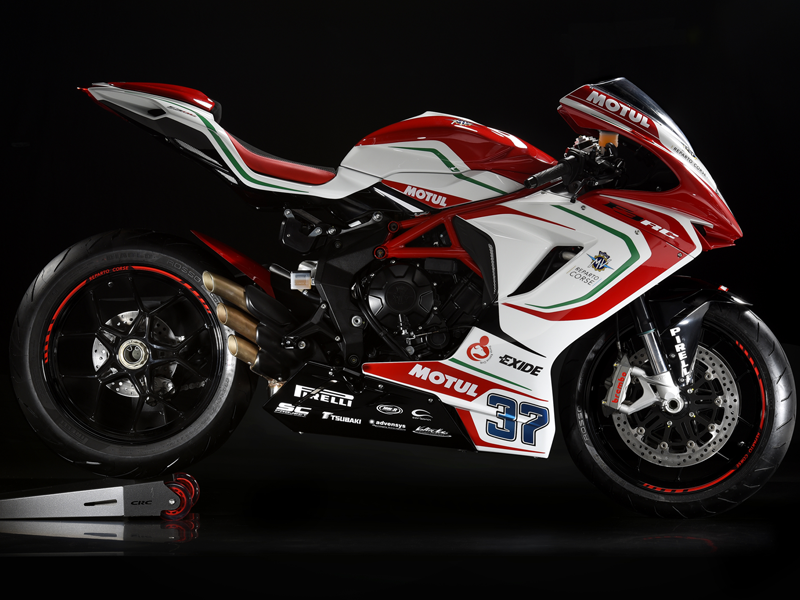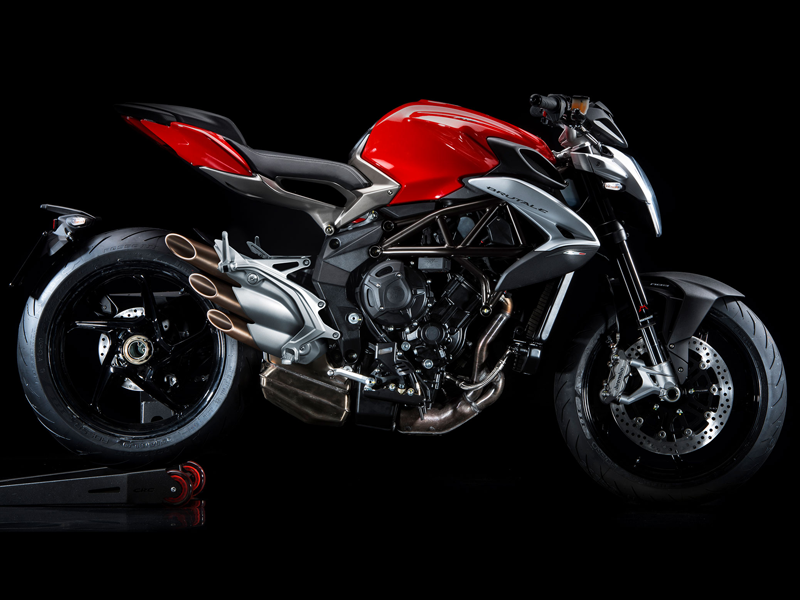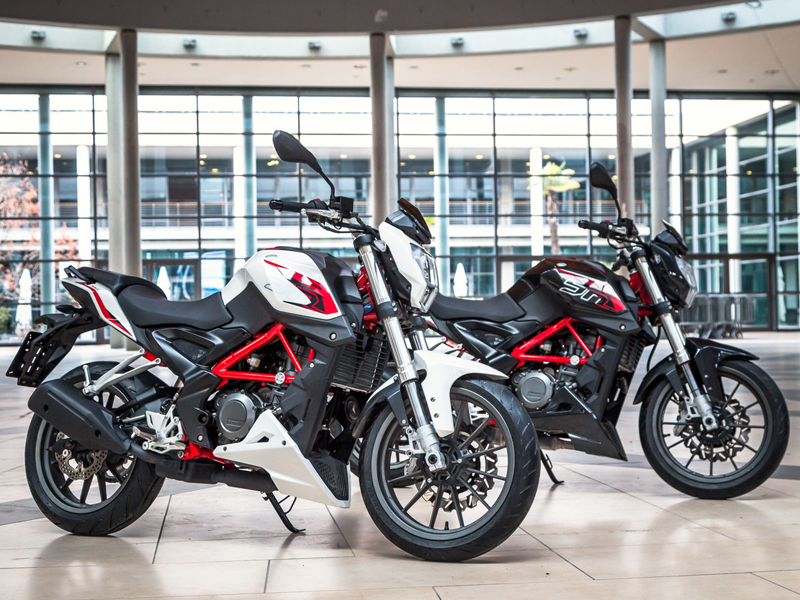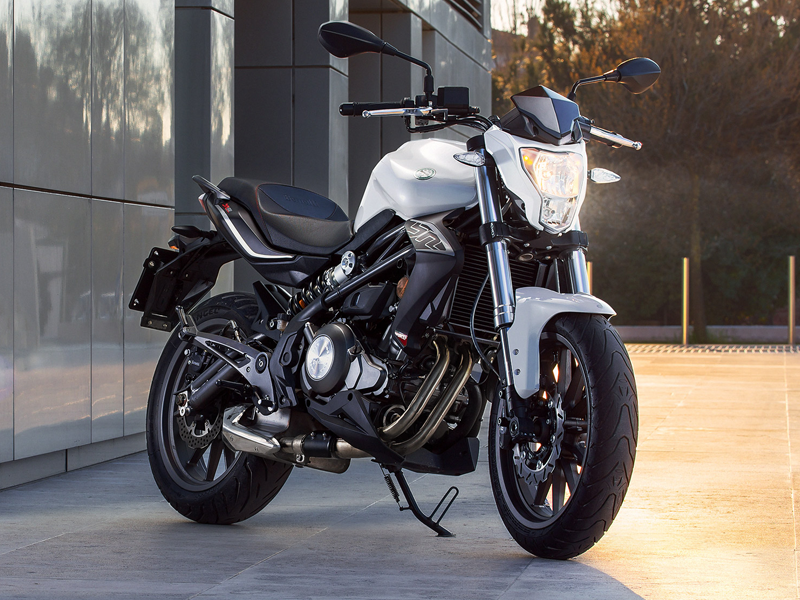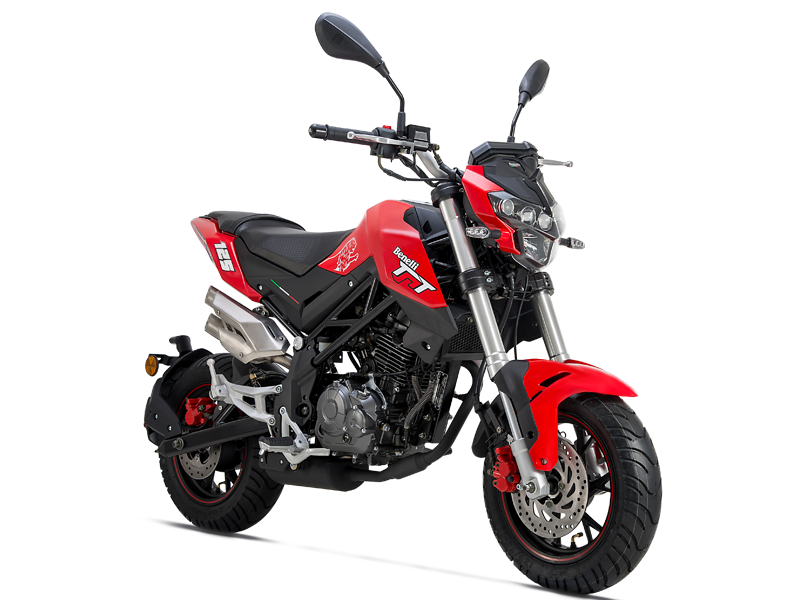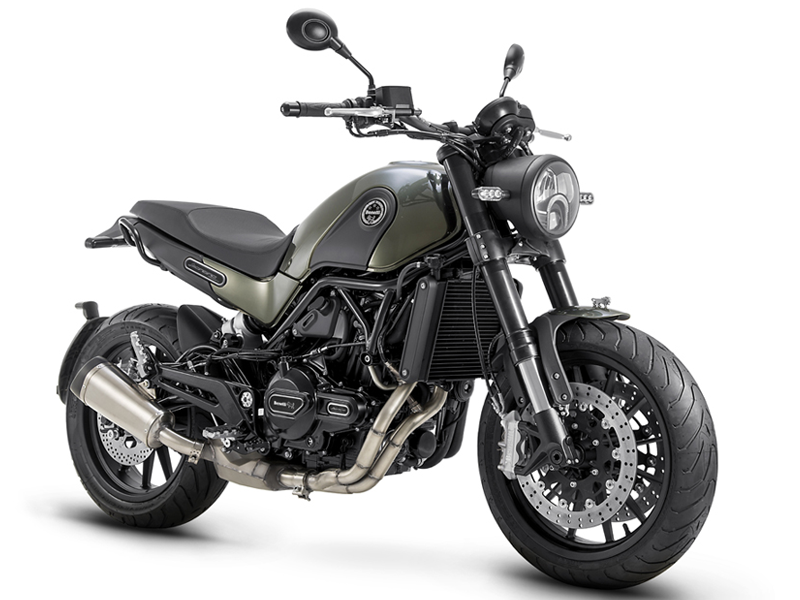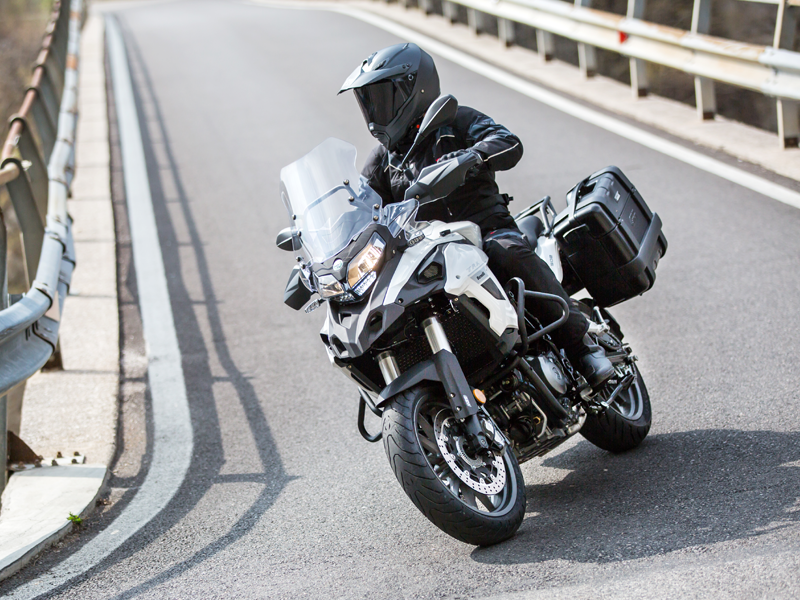The name Agusta first rose to prominence in the early twentieth century. It belonged to a pioneer of the fledgling Italian aeronautics industry, count Giovanni Agusta. Born in Sicily, he later moved to Lombardy and in 1907 founded his company at “Cascina Costa” in Samarate (Varese). Production of Agusta aircraft soared during the First World War, when the Count also signed up as a volunteer in the Malpensa Air Battalion.
When he died in 1927, the company passed into the hands of his widow Giuseppina and son Domenico, who soon found themselves faced by a crisis in the aeronautics sector and were forced to diversify to avoid shutting down altogether. They decided to convert production from aircraft to motorcycles, in response to the Italians’ growing demand for individual motorized transport. The first thing they did was come up with a motorcycle engine which was inexpensive to produce and run, a two-stroke engine with a displacement of 98 cc and a three port timing system; the resulting bike had primary gear transmission, an oil-bath clutch and a two-speed gearbox.
Development of the engine was interrupted by the second world war, and in 1943 Cascina Costa was occupied by German troops. The occupation lasted until the end of the war, when Domenico Agusta established Meccanica Verghera in order to complete his motorcycle project: this would be a new company, one fully prepared to meet the challenges of the motorcycle market.


